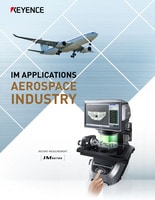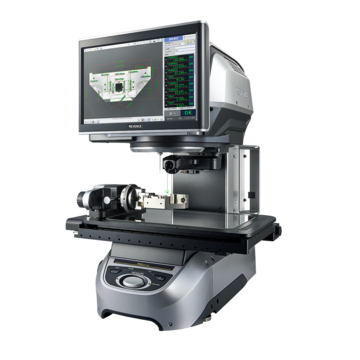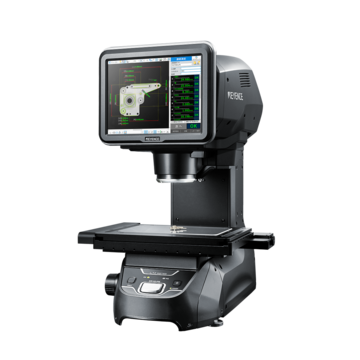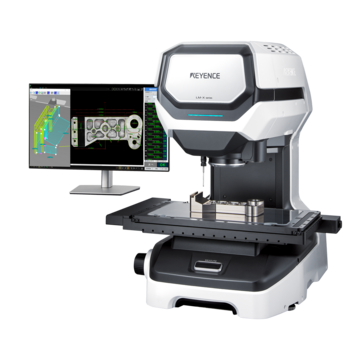Optical Comparator (Profile Projector)
What is Stamping?
Learn what stamping is and how it plays a crucial role in manufacturing. Explore stamping parts and precision metal stamping techniques. Gain insights into the stamping manufacturing process, including its application in car manufacturing.
Stamping
Dating back to the seventh century B.C., stamping is an iconic metal processing method that creates sturdy shapes with precision and accuracy. Stamping parts began with Lydians, modern-day Turks, using handmade dies and heavy hammers to carve gold and silver coins. Over time, the stamping manufacturing process evolved into the industrial world of manufacturing in 1890, Germany.
Stamping parts is no longer a manual process used for small coins. Metal stamping parts grew from simple friction between a die, hammer, and coin to spanning four subcategories of processing. Manual stamping is a process of the past, with stamping methods now conducted by machines using tons of friction onto metal sheets. Even more, the stamping manufacturing process has grown to manufacture a range of component sizes for massive car companies like Honda and Toyota. In this blog, we’ll dive into what stamping is, why stamping parts are so widely used, stamping categories, and news in the stamping market.
What is Stamping?
Metal stamping is a manufacturing process of shaping a metal sheet by applying pressure with a die and tool. Stamping parts may change the sheet into an entirely new shape or puncture holes for the addition of more components. Because stamping is a general term, there are categories of stamping for identifying specific processes. These processes are piercing, punching, plastic forming, and blanking.
Since stamping is an all-encompassing term, the stamping process is typically achieved with an automated machine that can maneuver more than one stamping process at once. Due to this, it’s common for one sheet metal to take on many processes. Stamped parts are used across all industries but are notably used in the automotive industry.
Why Use Stamping?
The use of stamping parts is popular because of its versatility and effectiveness in the manufacturing process. The incredible force used by metal stamping machines conquers thick metals while keeping the integrity of component results.
Additionally, stamping machines can reuse dies, tools, and extra sheet metals for large and efficiently processed manufacturing batches. Using a stamping machine allows for every piece of sheet metal to be used since these machines cycle through the entire sheet.
Categories of Stamping
Piercing
Piercing is a stamping parts process that produces holes in sheet metal for the final product. The final component uses the pierced hole as a means for connecting parts or components.
- Piercing Applications
-
- Fasteners
- Nozzles
Punching
Punching uses a similar process as piercing, but the result is where they differ. Punching is a form of stamping parts that uses the punched-out material for the final product.
- Punching Applications
-
- Washers
- Brackets
Plastic Forming
Plastic forming is a metal stamping parts process identified as a combination of machining processes like welding with stamping. Utilizing other machining processes for stamping—like wire drawing, deep drawing, bending, and riveting—strengthens the stamping parts process and results.
The reason why the word “plastic” is used for this category is because extra machining increases the metal’s plasticity. When conducting plastic forming, two subcategories make for an even more detailed process: hot-plastic forming and cold-plastic forming.
- Hot-Plastic Forming
- Hot-plastic forming involves integrating heat into the forming. Heating the metal allows for easier expansion and shape plasticity. The temperatures can rise above 900 degrees Celsius for hot stamping.
- Hot-Plastic Forming Applications
-
- Body pillars
- Roof rails
- Rockers
- Bumpers
- Door intrusion beams
- Cold-Plastic Forming
- Cold-plastic forming is the typical type of forming which does not use heat. Instead, it is simply stamping parts by forming a metal at room temperature.
Fine Blanking
Fine blanking is the process of using micron-order precision metal stamping to form complex shapes with smooth finishes. This type of stamping is unique in that pressure is pushed from the top and bottom of the material instead of just the top.
Stamping Process in Car Manufacturing
Toyota’s Use of Stamping
Toyota boasts 2.5-kilometer rolled-up steel sheets that are cycled through stamping processes. Because of Toyota’s impressive multi-use machines with 1,600 tons of vertical pressure pushed out in 3 seconds, metal is hardly ever discarded without the machine using every last piece for stamping an automotive component.
Stamping is the backbone of Toyota’s cars. Without metal stamping parts, the vehicles would cease to exist.
Honda’s Use of Stamping
Honda credits metal stamping parts for its massive boosts in production across the U.S. and impressive vehicles. In fact, the 2023 Honda Pilot reached an Alabama Auto Plant record for the longest and widest hood because of the stamping aluminum. Excitement for stamping is prevalent at Honda, as they credit all of the sleek new designs to stamped parts.
Future of Stamping
Stamping is a versatile process that is not slowing down in the automotive industry. The overall consensus puts the global metal stamping market at growing between $200-300 billion by 2028. From the evolution of carving coins to being a driving force in the automotive industry, stamping is a process that can’t be ignored.
Looking for a Measurement Tool For Your Stamped Parts?
If you’re in the automotive industry, you’re all too familiar with the precision that comes with metal stamping. Especially with the responsibility of following strict regulations and making parts that easily form a whole part—measuring precisely is crucial. At KEYENCE, we created an automated optical comparator, also known as an Image Dimension Measurement System (IM), that is specialized for small, non-geometric parts that need precise measurements.
At the press of a button, the IM Series will autofocus, auto adjust, and measure up to 300 features simultaneously across 100 parts. Contact KEYENCE today for a free demo!
Related Downloads
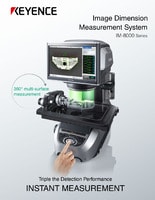
Brochure for the IM-8000 Series Image Dimension Measurement System. Accurately measure parts in seconds at the push of a button.

![IM Series Case Study [Reducing Inspection Time]](/img/asset/AS_116615_L.jpg)
